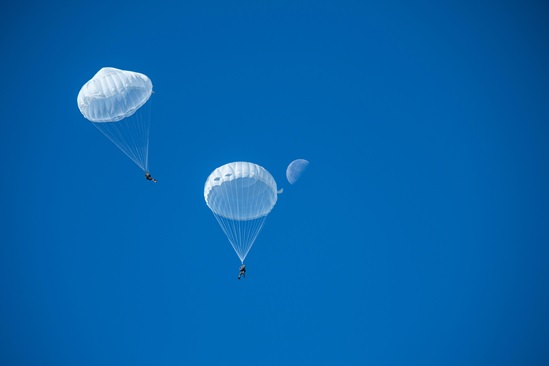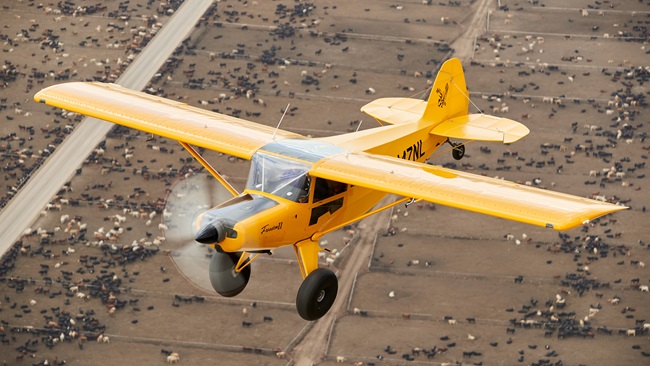Uber promises flying cars by 2020
GA joins effort
Silicon Valley put down an ambitious marker in Dallas, with the multibillion dollar, international ride-sharing giant Uber on April 25 predicting that long-elusive, practical flying cars will arrive by 2020, ready to be scaled for the masses.
General aviation companies announced partnerships with Uber at the same conference, Uber’s Elevate Summit, an event that included speakers and panelists on a list that reads like a who’s who of regulation and research that is paving the way for a future airspace crowded with all sorts of aerial vehicles, manned and unmanned, piloted and autonomous.
Uber’s vow to debut “flying cars” by 2020, build the first four “vertiports” (a multi-pad facility for VTOL aircraft) in Dallas, and offer the first UberAir service in 2023, drew media reports including some sources with more sober assessments of the regulatory challenges that the tech company must overcome.
Still, the enthusiasm of many GA builders was palpable in a flurry of announcements issued during the conference. Carter Aviation Technologies of Wichita Falls, Texas, which has been developing the CarterCopter for several years, announced a partnership with Mooney International to develop a four- to six-seat VTOL aircraft for service in the Uber system, and CEO Jay Carter Jr. was among the summit speakers as well. He said in a press release that he looks forward to working with Mooney.
“They’re a tremendous company with a prestigious history of high performance aircraft,” Carter said. “In fact, I used to own a Mooney M20. They bring a lot of engineering expertise and a lot of experience in developing a product to market and getting it certified. I’m looking forward to this partnership, and can’t wait to see what we can achieve.”
(Mooney is meanwhile going through a leadership transition, AOPA reported April 24.)
Along with Bell Helicopter, Pipistrel, and Embraer, Aurora Flight Sciences also announced partnerships with Uber; Aurora came equipped with multimedia and visual aids, unveiling concept designs and a scale prototype of its own electric VTOL aircraft at the summit. A video published April 25 showing Aurora’s concept eVTOL in action had been viewed nearly 50,000 times by April 27. Aurora quoted Mark Moore, a former NASA scientist who is now Uber's director of engineering at Uber, in an April 25 press release:
“Uber is taking a big step forward toward making the world’s first VTOL network a reality and our partnership with Aurora Flight Sciences will help get us off the ground,” Moore said in the Aurora release. “The Elevate VTOL network will help improve urban mobility around the world and transform the way we travel.”
Uber has already sized up four locations around Dallas for launch and landing facilities, and expects to break ground in 2018. The company detailed at the summit an enticing vision of turning the two-hour drive from San Jose, California, to San Francisco’s Marina District into a 15-minute hop, at a price comparable to standard car service, $1.32 per passenger mile.
Bryant Walker Smith, a transportation technology scholar at Stanford Law School, told The Mercury News that Uber will need to be sure to factor in pilot pay and maintenance costs, which may be more expensive than the entrepreneurial-minded Uber anticipates, and that the company known for brashness and sharp elbows when dealing with bureaucrats may need a different approach with the FAA.
“It’s FAA’s way, or no way,” Smith told the newspaper.




